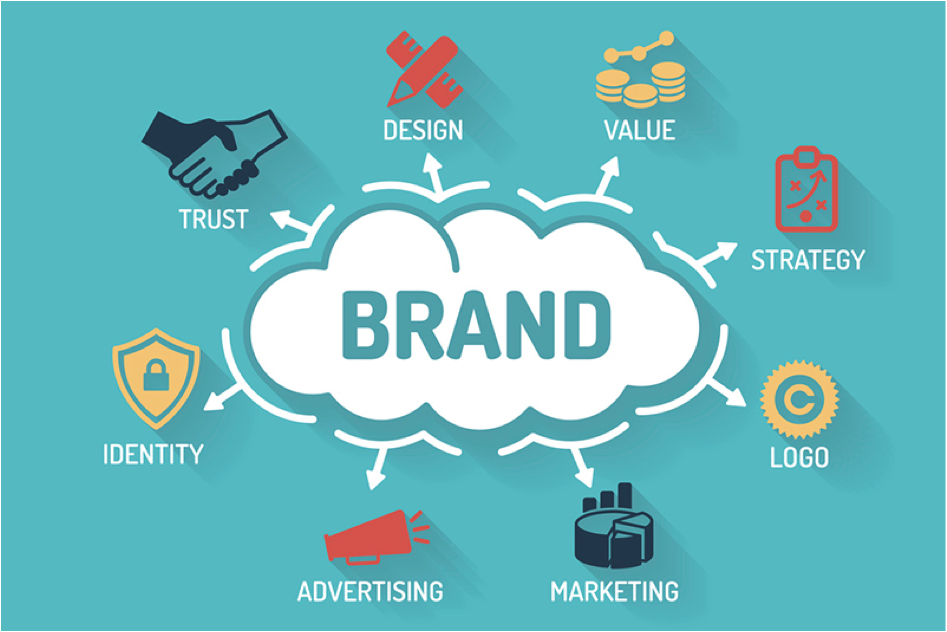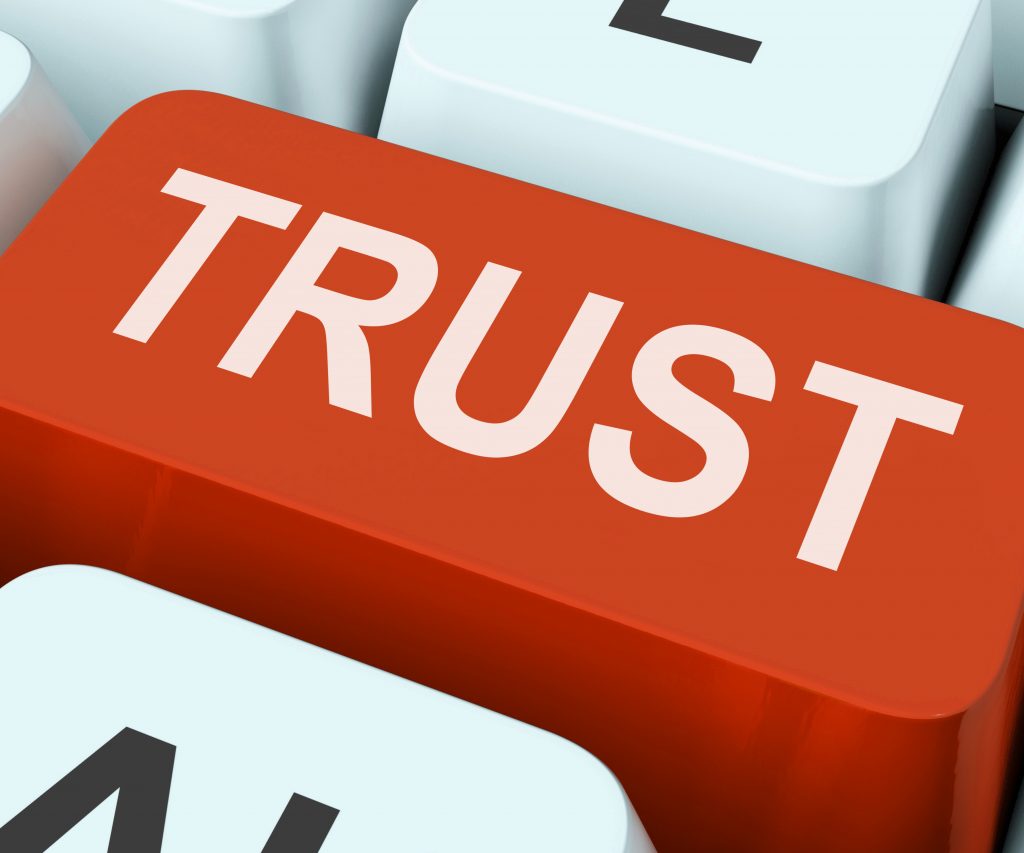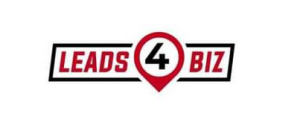
Beyond the Logo: Why Trust is Your Business’s Greatest Asset and How to Budget for It
If you’re running a startup or small to medium-sized enterprise (SME), you’re no stranger to the juggling act. Between managing cash flow, developing your product, and serving customers, “brand awareness” can often feel like a vague, expensive luxury reserved for giant corporations with bottomless marketing budgets.
You know you need to be visible, but the landscape is noisy. Every click costs money, and every campaign feels like a gamble. The question isn’t just how to get seen, but how to get seen and trusted.
This post will tackle the core reason why building trust isn’t a marketing tactic—it’s your business’s foundation. We’ll then move into the practicalities: what percentage of your budget you should realistically allocate to branding and marketing, and what kind of investment you can expect to make on platforms like Facebook and Google to build that all-important brand image.
Part 1: The Pivotal Power of Trust: Your Invisible Balance Sheet
Before we talk budgets, we need to talk about why you’re spending the money in the first place. The goal isn’t just awareness; it’s trust-based awareness.

Think about your own buying habits. When you need a new accountant, a SaaS tool, or a B2B supplier, you don’t just pick the first name on a Google Ad. You ask for recommendations, you read reviews, you look at their website and social media to gauge their expertise and authenticity. You are conducting a trust audit.
Your customers are doing the exact same thing to you. In a digital world saturated with options, trust is the ultimate competitive advantage. It’s what turns a casual browser into a loyal advocate.
Why Trust is the Engine of Growth for SMEs:
- It Lowers Your Customer Acquisition Cost (CAC): Acquiring a new customer is famously more expensive than retaining an existing one. When people trust you, they buy faster, require less persuasion, and are more likely to return. They also become your sales team through word-of-mouth, which is both free and incredibly effective.
- It Commands a Premium Price: People rarely buy the cheapest option by default. They buy the option they feel is the safest, highest-quality, and most aligned with their values. A trusted brand can justify its pricing because the perceived value—and reduced risk—is higher.
- It Becomes Your Shield in a Crisis: No business is immune to mistakes. A delayed shipment, a bug in your software, a negative review. A business with a reservoir of trust can weather these storms. Their community will give them the benefit of the doubt. A business with no brand equity will be defined by the error.
In essence, every dollar you spend on marketing should be an investment in building trust, not just generating leads. This mindset shift is crucial.
Part 2: The Million-Dollar Question: What Percentage of My Budget Should I Spend?
There is no one-size-fits-all magic number, but there are strong industry guidelines that can help you plan. The U.S. Small Business Administration (SBA) often suggests that small businesses should aim to spend 7-8% of their gross revenue on marketing and advertising if they are looking to grow.
However, this one number encompasses two distinct, yet deeply connected, activities:
- Branding (The Foundation): This is the strategic work of who you are. It’s your mission, values, voice, visual identity (logo, colours, typography), and overall market positioning. This is a long-term investment in building the trust we discussed.
- Marketing (The Activation): This is the tactical work of how you spread the word. It includes social media ads, Google Ads, content creation, email campaigns, PR, and trade shows. This drives immediate visibility and leads.
How should you split your budget between them?
For a new startup or an SME rebranding, the initial investment will be skewed toward branding. You can’t market a confusing or inconsistent identity. You might need to allocate a significant one-time chunk (e.g., $5k-$20k depending on scope) to get this foundation right.
Once established, your ongoing budget should blend both. A good rule of thumb is to think of it as a 60/40 split of your total marketing budget:
- ~60% on Marketing Activation (Tactics): The direct, measurable activities like ads and campaigns.
- ~40% on Brand Building (Strategy): Creating high-value content (blogs, videos, podcasts), community engagement, and public relations that build long-term trust.
This ensures you’re not just chasing next month’s sales but also building the brand that will ensure you have sales for years to come.
Part 3: Putting It Into Practice: Sample Budgets for Facebook & Google Ads
Let’s get practical. How much should you actually spend on the platforms everyone uses? Remember, the goal with these ads for brand building isn’t always an immediate sale; it’s about visibility, engagement, and positioning.
The Golden Rule: Start Small, Test, and Scale. Never pour your entire budget into a single ad without testing its performance first.
1. Facebook & Instagram Advertising
Ideal for: Building community, showcasing brand personality, targeting based on interests, and driving engagement.
- Average Monthly Spend for SMEs: Many small businesses start with a budget between $500 – $2,000 per month. This is enough to run a few different ad sets, test audiences, and creative formats without breaking the bank.
- What You Can Do With It:
- $500/month: You could run two key campaigns. One focused on brand awareness (e.g., a video ad showcasing your company’s story to a broad local audience) and one focused on engagement (e.g., promoting a helpful blog post to people interested in your industry).
- $1,500/month: This allows for more sophisticated testing. You could run a retargeting campaign (ads for people who visited your website but didn’t buy), a lookalike audience campaign (ads targeting new people similar to your best customers), and a general awareness campaign simultaneously.
2. Google Ads
Ideal for: Capturing user intent. You appear exactly when someone is searching for what you offer. Great for establishing authority and expertise.
- Average Monthly Spend for SMEs: Google Ads can be more expensive per click than social media, especially in competitive industries (e.g., legal services, insurance). A common starting budget is $1,000 – $5,000 per month.
- What You Can Do With It:
- $1,000/month: Focus on highly specific, long-tail keywords. Instead of bidding on the expensive “accounting software,” try “cloud-based accounting software for freelancers.” This targets users with clear intent and establishes your brand as a specialist solution.
- $3,000/month: You can bid on more competitive keywords and run a combination of Search Ads (text ads on search results) and Discovery Ads (visually rich ads across Google’s ecosystem), which are excellent for brand storytelling.
Key Takeaway: Don’t just use these platforms for “Buy Now” ads. Allocate a portion of your ad spend specifically for:
- Video Content: A well-produced brand story video.
- Educational Content: Promoting a whitepaper or guide that solves a common customer problem.
- Testimonials & Reviews: Social proof ads are incredibly powerful for building trust.
Conclusion: Invest in Trust, Reap the Rewards
Building a brand isn’t an expense; it’s an investment in the very fabric of your business. It’s the process of transforming your company from a mere seller of products into a trusted authority and a welcomed presence in your customers’ lives.
Start by solidifying your brand foundation. Then, allocate your budget wisely, balancing the immediate leads from marketing tactics with the long-term value of brand-building activities. And when you dive into advertising, remember that every ad is a chance to build trust—not just secure a transaction.
By strategically investing in your brand, you’re not just spending money to be seen. You’re building an asset that will pay dividends for years to come.



